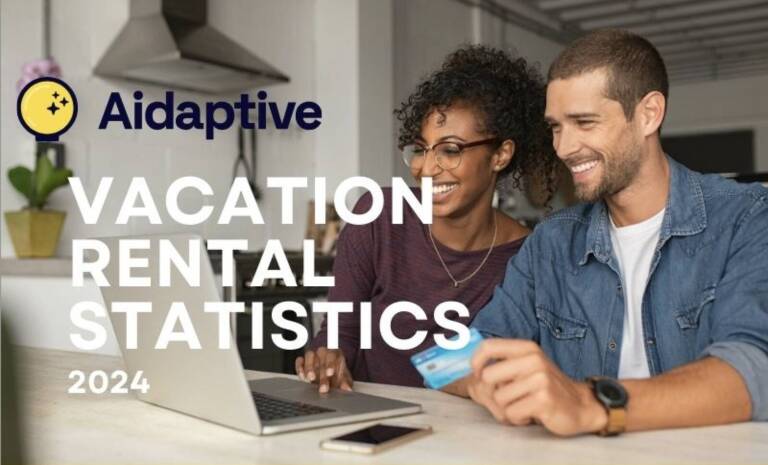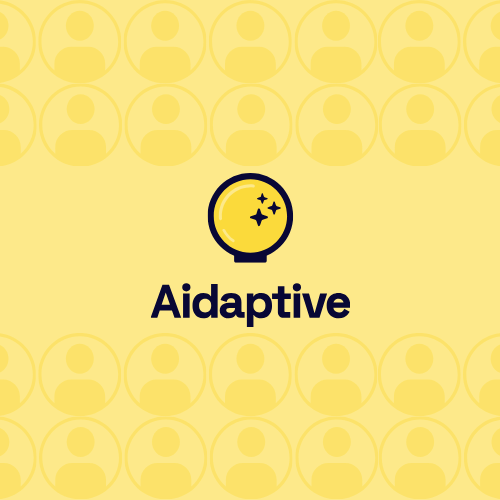“It’s just an email.”
If I had a dollar for every time I’ve heard that phrase in my career (or, frankly, said it myself to calm someone down), I wouldn’t need to be writing this article.
Yet, for every “It’s just an email” comment, there’s the higher expectations that come from the email marketing channel. Email covers a lot of ground that other channels don’t—like sales, promotions, fulfillment messaging, transactional messaging, customer experience, and more.
(After all, you don’t see a Facebook ad telling you how to reset your password, do you?)
In this article, I’m going to take you back to the foundations of great email marketing programs. So, take a deep breath and remember this before we go any further:
Nobody died from an email (probably).
Think Holistically about Your Customer Journey
There is no true one-size-fits-all when it comes to a customer journey. Many will have similar attributes and desired paths, but every company and brand does things a little differently. Your customer journey should reflect your desired journey.
I encourage you to visualize your customer journey in some way. As a starting point, a customer lifecycle for an ecommerce brand could look something like this:

Map out the decisions your customers have to make. Then ask yourself:
Do I have the big decisions covered by my email marketing program?
If you do, great—it’s time for a review.
If not, where should you start?
Focus on the First Touches
Start with where customers enter your email program. And remember that it’s not always a linear progression. Customers will enter your email program via an email subscription (through a form or pop-up), through a cart process, and through a purchase. Your program and automated flows will need to adapt as well over time.
But the big three for first touches are:
- Initial Subscription
- Cart and checkout
- First purchase
If you get these programs right, you’ll see a big uptick in the overall performance of your email marketing programs. Let’s get started with the initial subscription.
New subscriber? Welcome them!
First impressions are everything. And outside of your order and shipping confirmation emails, your welcome email will be the best-performing email campaign you’ll ever send. Why?
Because people are asking for it—and they’re willing to give you their email address to get the information, offer, or incentive you’re providing.
The most important component of a welcome email (or, ideally, a welcome series) is to deliver on what you promised. If you promised a discount code, deliver it. If you promised a whitepaper, deliver it.
You should use this opportunity to set the tone and expectations for future email messaging. If you’re sending a series of emails, you can tell the recipient in the first email what’s coming in subsequent emails. Set those expectations, then deliver on them.
You’re trying to answer these three questions:
- What is the problem your product/service is designed to solve?
- What is the value your subscriber will receive for being on the list?
- What are you expecting them to do with your brand now?
This foundational piece of your email marketing program is critical for both short-term and long-term success. If you’ve got a welcome program in place now, take a sharp, critical eye to what you have in place. And take these key considerations for the welcome program in mind:
- What is your end goal for your welcome program?
- Have you delivered on your sign-up promise?
- Can you determine where customers are in the buying process when they sign up?
- Are you answering those three questions in your content?
Start simple. For now, think in a linear fashion with some baseline assumptions for where customers are in the buying process when they sign up. Then ask questions, test, and iterate.
Cart Abandoner? Time to Check In!

The lovely cart abandon… let’s face it, you want to get the purchase complete. And you’re dealing with human beings—they forget, they get cold feet, they encounter payment issues. The reasons for why a cart is abandoned are numerous.
Where does email come in? As a helpful reminder. So, be helpful. And don’t jump too quickly into incentives. Customers are trained to try to get deals before purchases—don’t give up your margin too quickly!
You need at least one email here. Ideally, depending on the length of your buying consideration cycle, you’d have three emails in this set, if not more. Ultimately, you’re trying to answer these questions in your cart abandon email marketing program
- Why should they finish the purchase?
- How do they get help with getting questions answered, etc.?
I like to start with a standard 3-email series for cart abandon, then test and iterate from there. It would look something like this:
Email 1: The Reminder
Most customers just need a reminder. Send this an hour or two (test this timing!) after the abandon is recorded to see if it drives return purchases.
Email 2: The “May We Help You?” Email
Leverage customer service and support in this email. Maybe the customer got gun-shy about pulling the trigger on the purchase and needs a bit of handholding before making the final decision. Use this email to direct them to these services where these questions can be answer—sent ideally about 22-23 hours after the first email is sent to hit the 24-hour-mark after the initial cart was filled.
Email 3: The “Incentive” Email
If you want to send an offer of some sort, this is where you could introduce it. The offer could be a discount, or free shipping, or some other item or service of value. But this email would go out 48 hours after the second email is sent.
By this point, you’ve made the customer wait 72 hours. You’ve likely weeded out many of the offer seekers who really were going to purchase anyway, but wanted to check if they could get one last discount. It gives you a great opportunity to recover customers while preserving as much margin as you could in earlier reminders.
As you get these emails set up, keep these key considerations in mind:
- What are the reasons behind why your customers are abandoning carts?
- Are you encouraging the abandon with your site behavior?
An example of this was Best Buy several years ago employed a “See Sale Price in Cart” function. I can only imagine the number of abandoned carts they ran into as a result. If you’re doing something like this, acknowledge the impact it may have on your numbers.
New Customer? Nail that Customer Experience!
You got the purchase! Fantastic news! Now you’re in the most critical portion of your customer experience: First fulfillment.
At this stage, you’re looking to establish a positive customer experience. There are two big elements to this: Shipping and Onboarding.
Shipping and Fulfillment: Constant Communication is Needed
The shipping process, particularly for the first purchase, influences everything in terms of customer satisfaction. You could have the greatest product in the world, and a poor shipping experience can dampen enthusiasm and destroy a chance at a repeat purchase.
What can email do? Be out front and transparent. Overcommunicate.
The last thing you want to do is force a customer to call into your call center with that dreaded question: “Where is my order?”
Email here should reduce the need for WSMO calls. Do this:
- Provide tracking information and live updates where possible. (Leverage dynamic imagery from a partner like LiveClicker or Zembula to add a live element.)
- Make it easy to know what’s in the order.
- If you have a mobile app, use deep linking and drive customers into the app to track orders (and perhaps purchase again)
And don’t forget your brand along the way. Add your brand personality, link to your customer support, even link to referral options where appropriate.
New Customer Onboarding: Get Them to Use the Product Successfully.
Getting your customers to be ready to use the product upon arrival is a critical communication opportunity for which email marketing is ideally suited. It helps with customer satisfaction as well as overcoming any buyer’s remorse.
A series of emails may make sense here. Your onboarding series of emails should:
- Answer how best to use your product or service.
- Address any tricks to product or service adoption.
- Acknowledge any adjustment periods and set expectations for this experience.
Ultimately, this email series should address your product or service’s learning curve. A longer learning curve or adjustment period requires more education and more communication.
Also, ask yourself: Does your product have a “next logical” product? Can your customer order this product more than once? These answers can help set the foundation for upsell content and drive future repeat purchases.
Remember the Three Phases of Feedback
Your customers derive satisfaction from you in this order:
- Fulfillment satisfaction
- Product satisfaction
- Brand satisfaction
It does not go the other way.
Think Customer First.
The number of brands I’ve worked with in my careers who either A) don’t have these programs in place, or B) do have basic versions of these programs in place and have not reviewed since they were initially set up, are more than I can count. I keep coming back to them in my conversations because they are critical both to the customer experience as well as the bottom-line financial success of many companies.
Take this article as a reminder to review your programs and ask the hard questions—or as ammunition to go to your superiors and ask for the proper resources to build them. And I’ll leave you with these few last points for this round of thinking:
- At a minimum, know what your customers have done with you. (Try to avoid pitching a product they’ve already purchased.)
- Understand what you can and can’t control. You can’t control shipping, but you can control how you communicate about it.
- Every lifecycle is different. The ideas I’ve given here today are starting points. You can build and iterate and find what works for you.
And if you’re comfortable with these three big programs stand, size your next opportunities. Where are your customers and where is the money? Prioritize where you’ll get the most bang for your buck. Then remember to stop and ask yourself…
What do my customers want?


